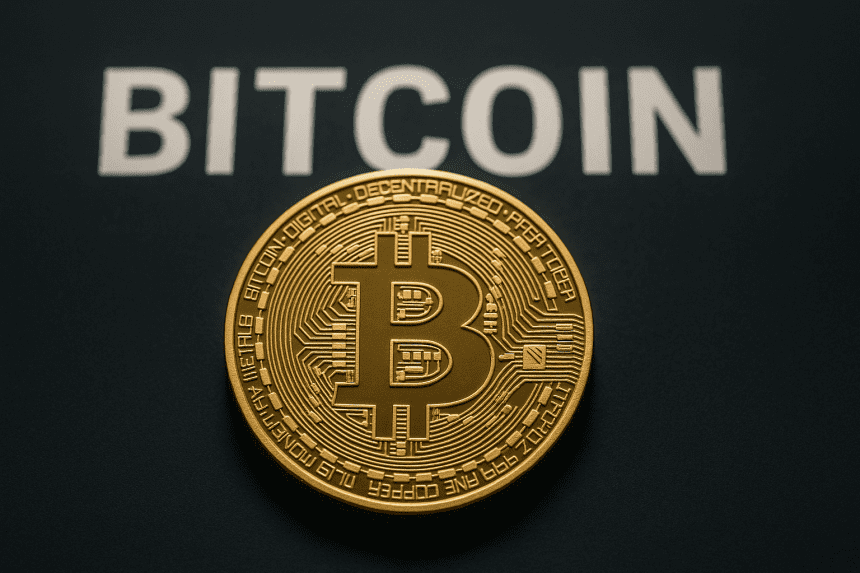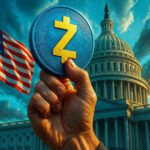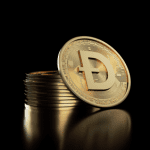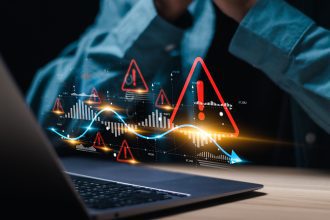Democrats host crypto leaders to bridge gaps as rules stall soon?
Top executives from the world of crypto are making their way to visit with Democrats in the Senate as efforts to structure a coherent market framework for digital assets show little signs of moving forward.
At the heart of this is Kirsten Gillibrand, a Democratic Senator and one of the co-sponsors of the Responsible Financial Innovation Act. She’s holding a round table discussion with titans of industry at businesses like Coinbase, Chainlink Labs, RippleLabs, Uniswap and more.
Why is this happening? It’s because the two main U.S. crypto regulation proposals, one from Senate Republicans and one from Democrats, have taken off in quite different directions and neither has succeeded in seriously advancing the ball.
On the other side, Republicans are introducing a bill that defines the respective responsibilities of the U.S.SecurityandExchange Commission (SEC) and the Commodity Futures Trading Commission (CFTC), as well as creates a fr amework around “ancillary assets” in order to discriminate between tokens which should be classified as securities versus others. Across the other side, the Democratic authored framework is said to concentrate significantly on tackling illegal actions in decentralized finance (DeFi). But the industry has largely pushed back, saying the proposal could stifle innovation.
The urgency is real. Analysts at firms like TD Cowen argue that if legislative gridlock continues, it would mean meaningful crypto market-structure reform, which must be done in conjunction with regulators, would be pushed off into the next mid-term elections.
Separately, beyond the track of meetings in the Senate chambers, the CFTC has increased its engagement with crypto companies by adding a number of leading figures from the industry to both its Global Markets Advisory Committee (GMAC) and its Digital Asset Markets Subcommittee (DAMS). These appointments are part of a wider trend: regulatory bodies realising that industry expertise should help develop policy.
What this all means The crypto sector is still hoping for some kind of comprehensive U.S. regulatory framework it’s a messy journey, with several proposals and political bumps in the road.
The Senate gathering, while a sign of new life, also comes at time when the ultimate form of corresponding legislation remains in doubt. More and more firms and executives across the industry are wading into the policy arena; it’s an indication that the battle over regulatory clarity for cryptocurrencies isn’t only technical but strategic. The longer the regulatory logjam continues, the more likely we are to see a disconnect between technology and market forces on one hand and regulation on the other, potentially leading to negative externalities for innovation, investor protection or global competitiveness.
The bottom line: there’s more to the meeting than a photo op. It could be a tipping point, the moment when regulation and industry decide whether they’ll find common ground or continue traveling in parallel tracks.






















